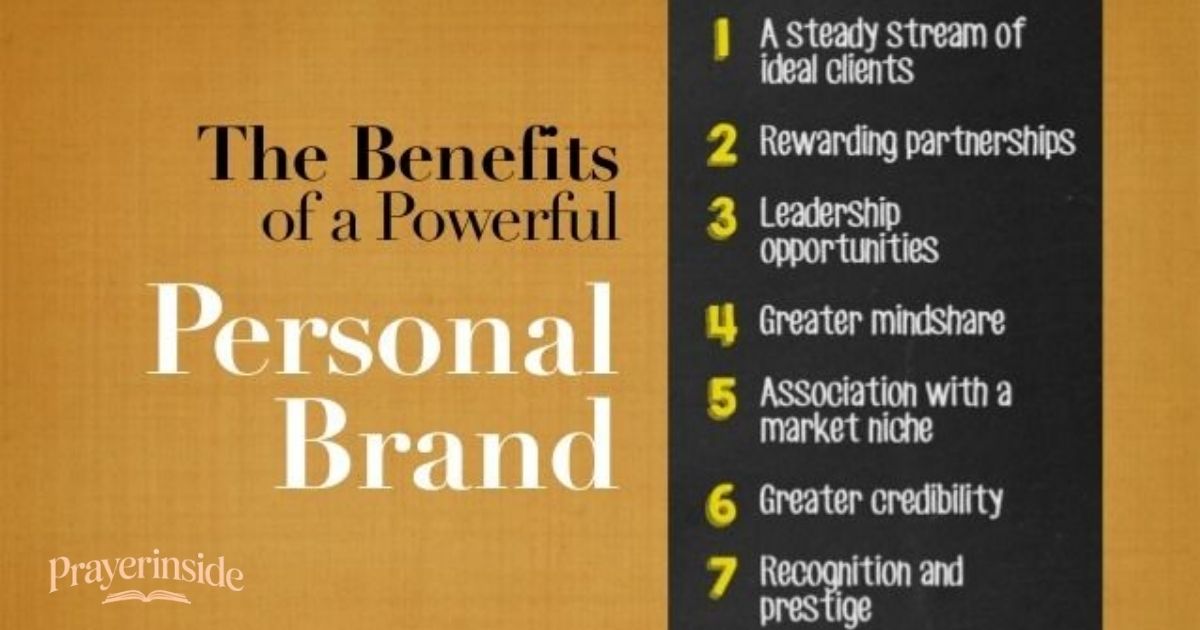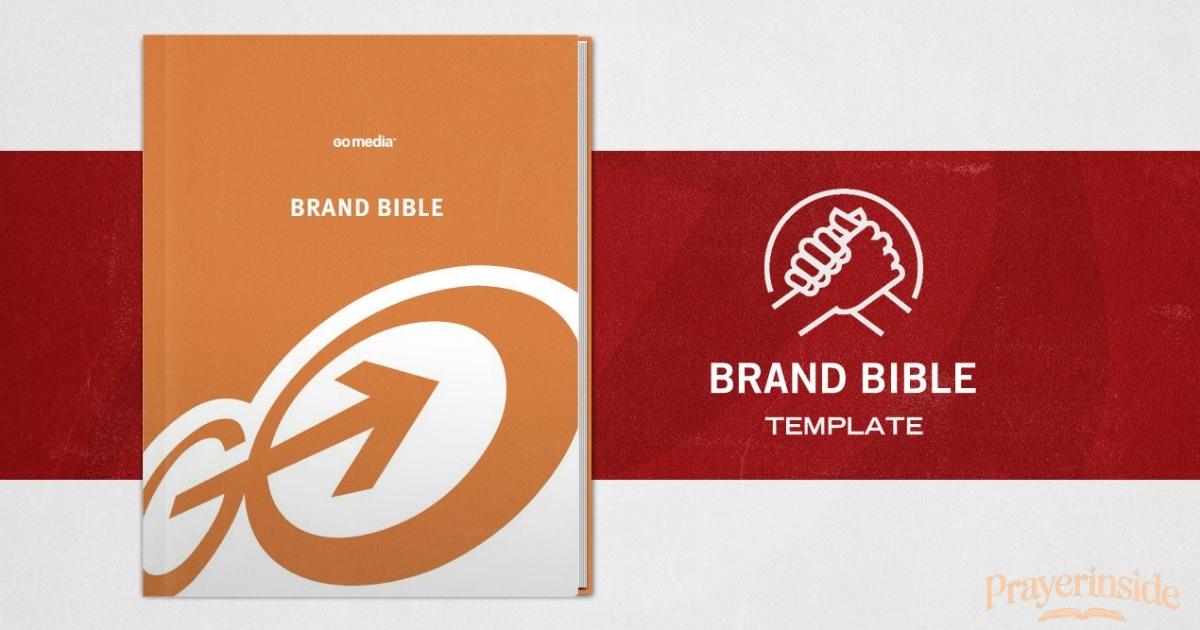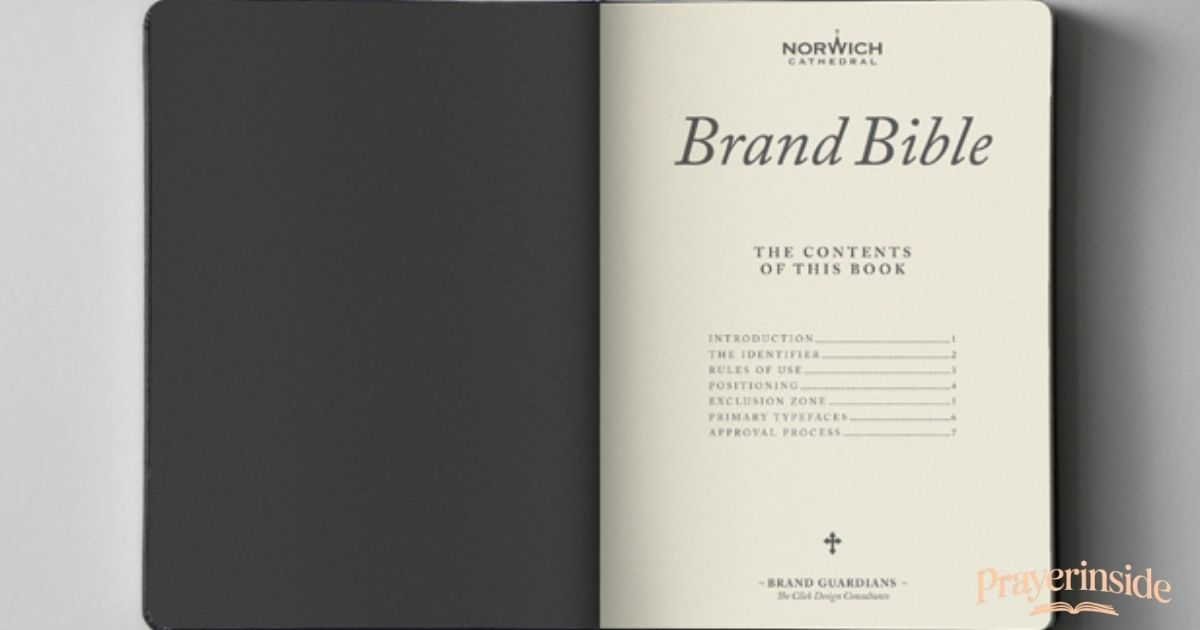Every strong brand needs a clear guide. That guide is the brand bible. A brand bible is like a rulebook. It shows how your logo, colors, fonts, and voice should always look and sound. Without it, your brand can lose focus. Different people may use different designs. Your logo may look wrong. Your colors may not match. That hurts brand recognition and brand professionalism. The brand bible keeps everything consistent and simple.
Think of the Brandbible as your blueprint. It explains your mission, your story, and your visual identity. It sets the tone for your brand messaging. It helps employees, agencies, and freelancers stay on the same page. Journalists, influencers, and partners can also follow it. With the brand bible, your brand feels united everywhere. It builds consumer trust and makes marketing easier. A strong brand bible leads to a strong brand identity.
What is a brand bible?
A brand bible is the master rulebook for your brand. Some people call it a brand guidelines document or a style guide, but the idea is the same. It’s a complete reference that explains how your brand should look, sound, and feel in every situation.
Inside a brand bible, you’ll usually find:
- Your brand mission statement, brand vision statement, and core values (the foundation of who you are).
- Visual identity rules like logo usage, logo variations, logo placement, your color palette with exact HEX codes, RGB codes, and CMYK codes, plus detailed typography rules including font hierarchy, line spacing, and kerning.
- Imagery guidelines covering photography style, illustration style, and overall design principles.
- A writing style guide that defines your brand tone of voice, brand messaging, brand story, and even social media voice guidelines.
Think of it as your brand’s DNA. The brand bible ensures brand consistency, boosts brand recognition, and shows brand professionalism in every piece of content whether it’s made by your team, external agencies, freelancers, or even influencers and journalists.
Defining a Brand Bible
A brand bible is the official playbook that defines your brand’s identity and ensures brand consistency across every platform. Also known as brand guidelines or a style guide, it explains exactly how your brand should look, sound, and feel so that no matter who is creating content your team, freelancers, external agencies, influencers, or journalists the outcome reflects one unified brand identity.
The brand bible usually covers your brand foundation (mission, vision, core values, and Unique Value Proposition [UVP]), your visual identity (rules for logo usage, logo variations, logo placement, color palette with HEX codes, RGB codes, CMYK codes, typography, font hierarchy, line spacing, kerning, and imagery guidelines like photography style, illustration style, and design principles), and your communication standards (brand tone of voice, writing style guide, brand messaging, brand story, and social media voice guidelines).
In short, the brand bible is your reference point for everything from designing marketing materials and templates to writing copy and building a cohesive online presence. It’s the key to strong brand recognition, lasting consumer trust, and a professional, unified image across all channels.
Key Benefits of Having a Brand Bible

A brand bible is more than a design manual. It’s a powerful tool that protects your brand identity and helps you grow with confidence. Here are the key benefits:
- Brand consistency
Your style guide ensures your branding assets look and feel the same across all channels. From your website to social media, brochures, and ads, everything follows the same visual identity. This creates visual cohesiveness and avoids the confusion of mismatched logos, colors, or tone. - Stronger brand recognition
When you stick to your logo usage, color palette (with defined HEX codes, RGB codes, and CMYK codes), and clear imagery guidelines, people quickly learn to recognize your brand. Think of how Tiffany’s blue or Nike’s swoosh instantly stands out. - Professionalism and trust
A complete brand bible signals brand professionalism. It tells customers, partners, and even the press that your brand takes its image seriously. That level of clarity builds consumer trust and positions you as reliable. - Efficiency in content creation
With rules for typography, font hierarchy, line spacing, and kerning, plus ready-to-use templates for social media posts, brochures, or presentations, your team saves time. They don’t guess, they just create. That speeds up production and cuts down revisions. - Unified communication
Your brand tone of voice, writing style guide, and social media voice guidelines keep messaging aligned across platforms. Whether it’s a newsletter, press release, or tweet, your audience always hears one clear brand story. - Support for omnichannel marketing
A strong brand bible helps you stay consistent in an omnichannel marketing world where customers jump from your Instagram to your website to your store. The experience feels seamless because the visuals and messaging match everywhere.
Importance of a Brand Bible
A brand bible is the backbone of your branding strategy. Without it, your identity risks becoming inconsistent and unclear. With it, you create a strong and unified presence across every channel. Here’s why it matters:
- Protects brand foundation
The brand bible defines your brand mission statement, brand vision statement, and core values. These elements guide your decisions and remind everyone—employees, freelancers, and external agencies—what your brand stands for. - Drives brand consistency
Rules on logo usage, logo variations, and logo placement, along with your color palette (HEX codes, RGB codes, CMYK codes) and typography (font hierarchy, line spacing, kerning), ensure all marketing materials look cohesive. This builds brand recognition over time. - Supports professional storytelling
Clear imagery guidelines (covering photography style, illustration style, and design principles) plus a writing style guide keep your brand tone of voice steady. Whether it’s social posts, newsletters, or press kits, your brand messaging stays true. - Strengthens customer experience (CX)
Consistent content creation improves the customer experience. Shoppers and clients encounter the same brand personality across websites, ads, and stores, building trust and loyalty. - Boosts efficiency and alignment
A brand bible reduces back-and-forth. Teams have ready templates for social media posts, brochures, newsletters, and presentations. Add in an approval process and content approval workflow, and you keep projects smooth. - Adapts during brand evolution
As you grow or go through a rebranding, updating the brand bible ensures your digital branding, online presence, and marketing campaign consistency remain strong.
What to Include in a Brand Bible
A complete brand bible should cover every detail that defines your brand identity and ensures brand consistency across all channels. Here are the essential sections you need to include:
- Brand Foundation
- Brand mission statement and brand vision statement
- Core values that guide decisions
- Unique Value Proposition (UVP) that sets you apart
- Clear brand personality and brand story to shape your branding strategy
- Brand mission statement and brand vision statement
- Visual Identity
- Logo usage rules: explain proper logo variations and logo placement
- Color palette with exact HEX codes, RGB codes, and CMYK codes
- Typography standards including font hierarchy, line spacing, and kerning
- Imagery guidelines with photography style, illustration style, and overall design principles for visual cohesiveness
- Logo usage rules: explain proper logo variations and logo placement
- Brand Voice and Messaging
- Brand tone of voice and writing style guide (formal, casual, witty, professional)
- Rules for brand messaging and brand storytelling
- Social media voice guidelines for platforms like Instagram, TikTok, or LinkedIn
- Examples of on-brand vs. off-brand communication
- Brand tone of voice and writing style guide (formal, casual, witty, professional)
- Marketing Materials and Templates
- Ready-to-use templates for social media posts, brochures, newsletters, and presentations
- Standards for press kits, content creation, and marketing materials
- Directions for working with external agencies, freelancers, influencers, and journalists
- Ready-to-use templates for social media posts, brochures, newsletters, and presentations
- Implementation and Processes
- Onboarding process and training sessions for new team members
- Approval process and content approval workflow to check brand consistency
- Storage and access rules with cloud storage tools like Google Drive, Dropbox, or Microsoft SharePoint
- Collaboration setup using collaboration tools (Trello, Asana, ClickUp, ProofHub) and communication tools (Slack, Microsoft Teams, Zoom, Google Meet, Chanty)
- Onboarding process and training sessions for new team members
- Maintenance and Brand Evolution
- Guidelines for updates during brand evolution or rebranding
- Brand monitoring systems to protect brand reputation management
- Accessibility requirements, including accessibility guidelines like a PDF accessibility checker
- Integration with your marketing strategy, digital-first branding, online presence, and SEO (search engine optimization) for marketing campaign consistency and effective link building
- Guidelines for updates during brand evolution or rebranding
- Design and Creation Tools
- Use brand design templates, an AI logo generator, background remover, or a video maker to keep all assets aligned with your digital branding.
- Provide clear directions so that designers, copywriters, and brand managers can easily create new materials without breaking brand rules.
- Use brand design templates, an AI logo generator, background remover, or a video maker to keep all assets aligned with your digital branding.
How To Create a Brand Bible

Building a brand bible may seem overwhelming at first, but when you break it into steps, it becomes a clear and rewarding process. Here’s a simple roadmap to follow:
- Start with Your Brand Foundation
Define your brand mission statement, brand vision statement, and core values. Clarify your Unique Value Proposition (UVP) and brand personality. These become the backbone of your brand identity and influence every choice that follows. - Document Your Visual Identity
Lay out strict rules for logo usage, logo variations, and logo placement. Build a complete color palette with exact HEX codes, RGB codes, and CMYK codes. Add your typography system—detailing font hierarchy, line spacing, and kerning—plus imagery guidelines that explain your photography style, illustration style, and design principles. - Define Your Voice and Messaging
Write a brand tone of voice section with clear examples. Create a writing style guide that explains your grammar choices, slang rules, and formatting. Add social media voice guidelines for platforms where tone may shift. Tie these into your overall brand messaging and brand storytelling so your voice feels consistent everywhere. - Build Templates and Marketing Materials
Prepare ready-to-use templates for social media posts, brochures, newsletters, and presentations. Add standards for press kits, marketing materials, and content creation. This makes it easier for freelancers, external agencies, influencers, and journalists to stay aligned with your branding assets. - Create an Approval and Onboarding Process
Outline a clear approval process or content approval workflow where brand managers review new work. Incorporate the onboarding process and regular training sessions so new hires learn your brand rules right away. - Make It Accessible and Collaborative
Store your brand bible in cloud storage (Google Drive, Dropbox, Microsoft SharePoint). Use collaboration tools like Trello, Asana, ClickUp, or ProofHub to manage branding projects. For smooth communication, rely on communication tools such as Slack, Microsoft Teams, Zoom, Google Meet, or Chanty. Even tools like an AI meeting note taker can help track brand discussions. - Monitor, Review, and Update
Brands grow, and your brand bible must grow with them. Update it during rebranding or brand evolution phases. Ensure marketing campaign consistency, strong digital branding, and an optimized online presence. Use brand monitoring tools to track brand reputation management and support SEO and link building efforts. Always check your accessibility guidelines with tools like a PDF accessibility checker. - Leverage Design and Digital Tools
To keep visual cohesiveness, use brand design templates, an AI logo generator, a background remover, or a video maker. These tools streamline digital-first branding and speed up production while protecting your brand’s look and feel.
FAQ,s
What is a brand bible?
A brand bible is a guide that defines your brand identity. The brand bible sets rules for logo, colors, typography, and messaging to ensure brand consistency everywhere.
Is the brand bible worth the investment?
Yes, the brand bible is worth it. A strong brand bible saves time, builds consumer trust, improves brand recognition, and ensures marketing materials stay consistent.
What is the difference between a brand book and a bible?
A brand book is usually shorter, while the brand bible is more detailed. The brand bible covers foundation, design, tone, templates, and brand storytelling.
Is the brand bible free?
The brand bible is not always free. Some businesses create it in-house, while others invest in professional design to ensure brand professionalism and consistency.
Conclusion
The brand bible is more than a document. It is the foundation of your brand identity. Without it, your business can lose focus. With the brand bible, you create brand consistency and build trust. A clear guide helps your team, freelancers, and agencies stay aligned. It makes content creation faster and more professional. From logo usage to tone of voice, every detail is covered.
The brand bible protects your image and ensures your brand recognition grows stronger every day.A Brandbible also supports long-term growth. It helps during rebranding, marketing campaigns, and digital branding. It works as a living tool, not a one-time file. Keep updating the brand bible as your business evolves. Share it in cloud storage so everyone can access it. A strong brand bible means stronger communication, better design, and a unified message. Your brand deserves nothing less.

